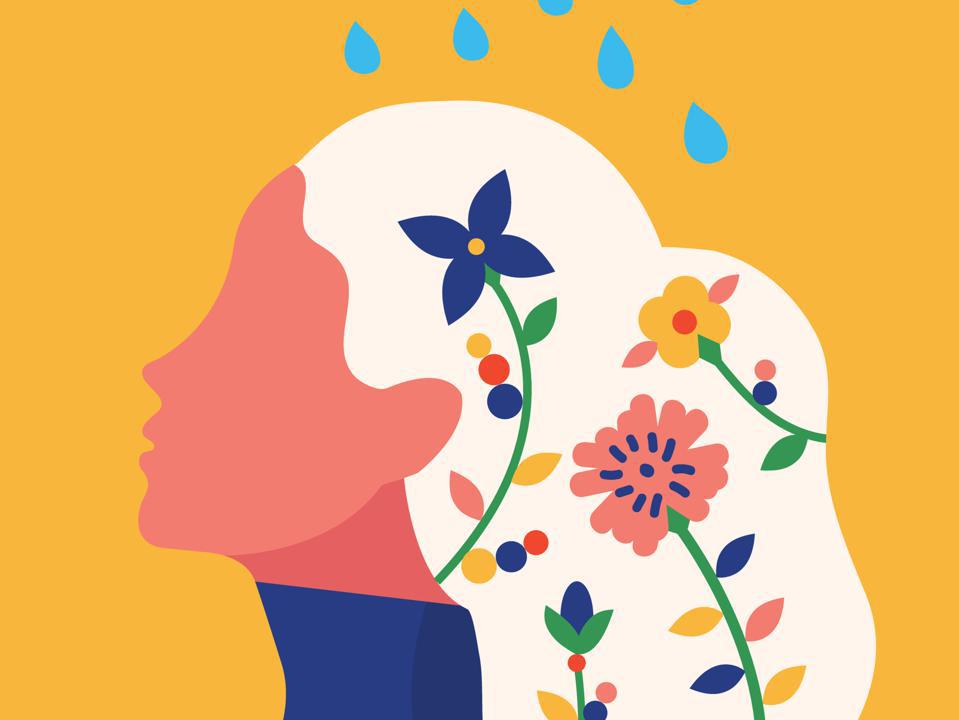Golf courses play a significant role in shaping the urban and suburban landscapes they inhabit. They provide not only recreational opportunities but also environmental, economic, and social benefits to the surrounding communities. This article examines the multifaceted significance of golf courses in these areas, exploring their role as green spaces, wildlife habitats, contributors to local economies, and facilitators of social connections and physical activity.
– Urban Oases: Golf Course Benefits for Physical and Mental Well-being
Urban Oases: Golf Course Benefits for Physical and Mental Well-being
Golf courses are invaluable assets in urban and suburban environments, offering a refuge from the hustle and bustle of city life and providing a unique sanctuary for both physical and mental rejuvenation.
Physical Rejuvenation:
- Golf courses are sprawling green spaces that encourage active recreation and exercise. Walking or riding a golf cart along the fairways requires significant effort, providing a moderate-intensity workout.
- The undulating terrain and obstacles encountered on golf courses challenge balance and coordination, enhancing overall physical fitness.
- Spending time outdoors amidst the peaceful surroundings of a golf course has been shown to reduce stress levels, improve sleep quality, and boost mood.
Mental Well-being:
- The serene and contemplative environment of golf courses fosters relaxation and mindfulness. Focusing on the game and the surrounding beauty can help reduce anxiety and promote a sense of tranquility.
- Golf has been associated with improved cognitive function and memory, as it requires strategic thinking, problem-solving, and concentration skills.
- The social interaction and camaraderie found on golf courses can reduce loneliness and isolation, contributing to overall well-being.
Health Benefits Table
| Health Aspect | Benefits |
|—|—|
| Physical Fitness | Moderate-intensity exercise, improved balance and coordination |
| Stress Reduction | Reduced stress levels, improved sleep quality, boosted mood |
| Cognitive Function | Improved cognitive function, memory, strategic thinking |
| Social Well-being | Reduced loneliness, increased camaraderie |
- Ecological Enclaves: Golf Courses as Habitats for Biodiversity
Ecological Enclaves: Golf Courses as Habitats for Biodiversity
Golf courses, often overlooked as valuable ecological spaces, provide a surprising haven for diverse flora and fauna. Despite their manicured appearance, these lush environments offer a variety of habitats, including wetlands, woodlands, and grasslands. These areas attract a wide range of species, creating oases of biodiversity within built-up urban and suburban environments.
A study conducted by the Royal and Ancient Golf Club of St Andrews found that golf courses are home to over 100 species of birds, including many uncommon species that rely on the diverse habitats for survival. Golf courses also support diverse insect populations, which are essential pollinators for wildflowers and other plants. In addition, golf course water hazards provide vital breeding grounds for amphibians and reptiles.
Golf courses play a crucial role in connecting fragmented habitats within urban and suburban landscapes. Their vast green spaces allow animals to move and interact with each other, promoting genetic exchange and species health. By providing a sanctuary for wildlife amidst the built environment, golf courses help maintain regional biodiversity and contribute to the overall well-being of ecosystems.
| Habitat Type | Example Plant Species | Example Animal Species |
|—|—|—|
| Wetlands | Rushes, reeds, cattails | Frogs, toads, waterbirds, damselflies |
| Woodlands | Oaks, pines, beeches | Songbirds, squirrels, owls, deer |
| Grasslands | Wildflowers, grasses, clover | Bees, butterflies, grasshoppers, field mice |
- Community Assets: Golf Courses as Social Spaces and Economic Drivers
Golf courses, often perceived as exclusive recreational facilities, play a multifaceted role in urban and suburban environments. They serve as oases of green amidst the concrete jungle, providing ample opportunities for physical activity, social interaction, and mental well-being. Within their expansive landscapes, golf courses foster a sense of community among residents, creating a shared space where individuals can connect and build relationships.
Furthermore, golf courses are significant economic drivers. They provide direct employment opportunities for professionals such as golf course superintendents, maintenance staff, and clubhouse personnel. Additionally, they attract visitors and generate revenue through green fees, food and beverage services, and retail sales. The presence of golf courses can stimulate economic activity in surrounding areas, such as the development of hotels, restaurants, and retail establishments. Table 1 presents statistical evidence supporting the positive economic impact of golf courses.
Table 1: Economic Benefits of Golf Courses
| Economic Indicator | Impact |
|—|—|
| Direct Employment | 1.5 million worldwide |
| Green Fee Revenue | $33 billion per year in the United States |
| Related Industry Revenue | $80 billion per year in the United States |
It is noteworthy that the design and management of golf courses must align with the surrounding urban or suburban context. Sensitive planning ensures minimal disruption to local ecosystems while maximizing the recreational and economic benefits. Furthermore, golf courses can contribute to sustainable development by implementing water conservation measures, reducing pesticide use, and promoting wildlife habitat enhancement. This holistic approach ensures that golf courses remain vibrant community assets for generations to come.
– Planning and Sustainability: Integrating Golf Courses into Urban and Suburban Landscapes
The Ecological Benefits of Golf Courses
Golf courses provide valuable ecological benefits to urban and suburban areas. They:
- Create green spaces: Golf courses can provide large areas of open, undeveloped land, which can help to improve air quality, reduce noise pollution, and create a sense of place.
- Provide habitat for wildlife: Golf courses can be home to a variety of wildlife, including birds, deer, and rabbits. The trees, shrubs, and grasses that are found on golf courses can provide food and shelter for these animals.
- Help to control flooding: Golf courses can help to absorb rainfall and runoff, which can help to reduce flooding and erosion.
The Social Benefits of Golf Courses
Golf courses also provide social benefits to urban and suburban areas. They serve as:
- Recreation areas: Golf courses can provide a place for people to relax, exercise, and socialize. They can also be used for hosting tournaments and other special events.
- Community spaces: Golf courses can be a gathering place for residents of a community. They can be used for picnics, concerts, and other community events.
- Educational opportunities: Golf courses can be used for teaching people about the environment and the game of golf. They can also be used for research on turfgrass management and other topics.
The Economic Benefits of Golf Courses
In addition to their ecological and social benefits, golf courses also provide economic benefits to urban and suburban areas. They:
- Generate jobs: Golf courses can create jobs in a variety of fields, including landscaping, turfgrass management, and food service.
- Increase property values: Golf courses can increase the property values of homes and businesses in the surrounding area.
- Boost tourism: Golf courses can attract tourists to an area, which can generate revenue for local businesses.
– Recommendations for Sustainable and Equitable Golf Courses in Urban and Suburban Environments
- Design Principles for Sustainable Golf Courses:
– Promote native vegetation and reduce water consumption by adopting drought-tolerant grasses and minimizing irrigation systems.
– Implement integrated pest management techniques that prioritize non-chemical methods to protect biodiversity and reduce environmental pollution.
– Consider using biodegradable materials and recycled products in course construction and maintenance to lessen the ecological footprint.
- Role in Equitable Access and Social Inclusion:
– Establish partnerships with community groups and organizations to offer affordable memberships and programming, ensuring golf’s accessibility to diverse populations.
– Design courses with features that accommodate players of varying abilities, fostering inclusivity and recreational opportunities for all.
– Create intentional learning programs and mentorships that empower underrepresented groups to participate and excel in the sport.
- Community Benefits and Collaboration:
- Engage local residents in the planning process to ensure alignment with neighborhood needs and priorities.
- Establish green spaces and wildlife corridors within the golf course that serve as valuable amenities for the community.
– Foster collaborations with neighboring schools, parks, and recreation facilities to expand recreational opportunities and strengthen community bonds.
golf courses within urban and suburban environments play a multifaceted role, extending beyond recreation. They provide invaluable ecosystem services, including habitat provision, water quality enhancement, and carbon sequestration. They contribute to human well-being by offering opportunities for physical activity, stress reduction, and social interaction. Furthermore, golf courses can enhance urban aesthetics, promote neighborhood vitality, and act as catalysts for economic development. As urbanization intensifies, the importance of golf courses in these contexts will continue to grow, necessitating comprehensive planning and sustainable management practices to balance their recreational, ecological, and community benefits.





